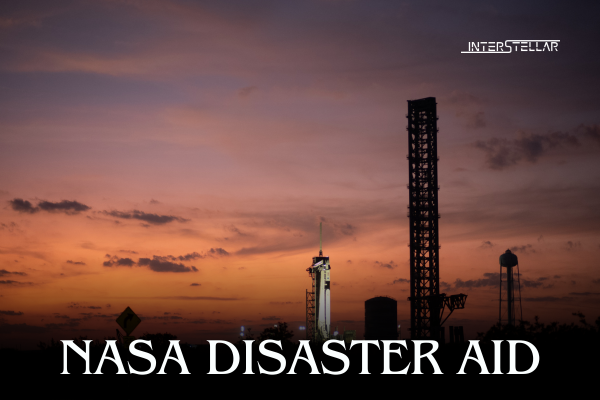NASA Launches New System to Aid Global Disaster Response
Widespread Flooding in Brazil
In early May, the Brazilian state of Rio Grande do Sul experienced severe flooding and landslides, leaving thousands without food, water, or electricity. In response, NASA provided crucial data and imagery to assist on-the-ground responders in assessing the disaster’s impacts and deploying aid effectively.
New Disaster Response System
Building on past successes, NASA announced a new Disaster Response Coordination System on June 13. This system is designed to support disaster response organisations in the U.S. and globally, providing up-to-date information on various extreme events, including fires, earthquakes, landslides, floods, tornadoes, and hurricanes.
“When disasters strike, NASA is here to help — at home and around the world,” said NASA Administrator Bill Nelson. He emphasised the growing importance of NASA’s efforts to provide critical Earth observation data to disaster-response teams on the frontlines.
Collaborative Efforts
The new system integrates science, technology, data, and expertise from across NASA, offering this valuable information to emergency managers. It aims to enhance the capabilities of U.S. government partners, international allies, and relief organisations worldwide.
NASA’s Disaster Response Coordination System gathers data from various sources to deliver trusted, actionable Earth science that can be immediately utilised to respond to disasters and ultimately help save lives.
“The risk from climate-related hazards is increasing, making more people vulnerable to extreme events,” said Karen St. Germain, director of NASA’s Earth Science Division. She highlighted the increased vulnerability of the global population, particularly those living in low-lying coastal regions susceptible to storm surges, waves, tsunamis, and rapid erosion.
Supporting Agencies and Organisations
Agencies working with NASA include the Federal Emergency Management Agency (FEMA), the National Oceanic and Atmospheric Administration (NOAA), the U.S. Geological Survey, and the U.S. Agency for International Development (USAID). International partners such as World Central Kitchen also collaborate with NASA.
“With this deliberate and structured approach, we can be even more effective in putting Earth science into action,” said Josh Barnes, manager of the Disaster Response Coordination System at NASA’s Langley Research Center.
NASA’s Aid to Brazil
During the May floods and landslides in Brazil, the U.S. Southern Command, in cooperation with the U.S. Space Force, Air Force, and regional partners, sought NASA’s assistance. NASA’s response included providing maps of potential power outages and high-resolution optical data to map over 4,000 landslides.
Continued Commitment to Disaster Response
The Brazil event is one of many instances where NASA has provided support over the past decade. NASA’s Disasters Program assists decision-making for a wide range of natural hazards and disasters, from hurricanes and earthquakes to tsunamis and oil spills.
“NASA’s Disasters Program advances science for disaster resilience and develops accessible resources to help communities worldwide make informed decisions for disaster planning,” said Shanna McClain, manager of NASA’s Disasters Program. She noted that the new system significantly enhances efforts to leverage Earth science in disaster response.





